Table of Contents
Introduction
We have witnessed numerous astonishing breakthroughs that have influenced the development of civilization over the course of human history. Non-Fungible Tokens (NFTs) in the digital era are a radical departure from the prehistoric rock art of petroglyphs. The development of humanity’s most advanced organ, the brain, has inspired us to forge ahead into new territory in the realms of artificial intelligence (AI) and machine learning (ML).
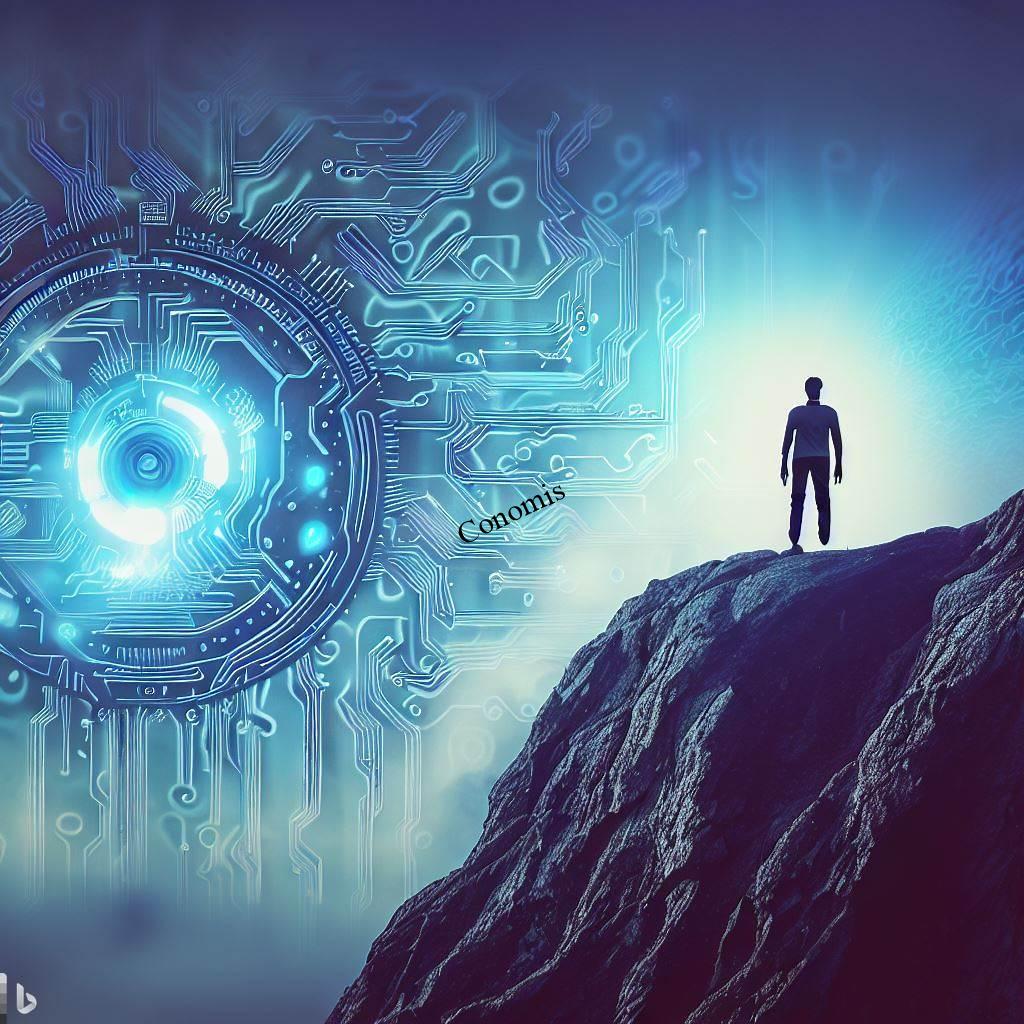
Understanding the nuances of human psychology is more important than ever in this age of rapid technological advancement. The pervasiveness of AI and ML raises legitimate concerns about the future. This essay is the first in a series that will explore the potential development of AI and its far-reaching consequences.
The creation of artificial brains is an intriguing prospect since it raises questions about the very nature of intelligence. Imagine a world when machines are as intelligent as humans; this would have far-reaching implications for business and culture.
A new frontier is opening up as we experiment with building cyborgs, or human-machine hybrids. Biological and synthetic materials may become indistinguishable in the near future thanks to developments in biotechnology and neuroprosthetics, posing significant philosophical and ethical difficulties.
The foundation of artificial intelligence lies in neural networks that attempt to mimic the intricate processes of the human brain. These networks have huge promise, ushering in new applications across many fields, from pattern recognition to language processing.
As we venture into uncharted waters, we must face ethical challenges. Avoiding unforeseen outcomes is essential while developing and deploying AI.
Finally, there is a robust connection between the growth of our own thinking and the advancement of human development, spanning the entire range from petroglyphs to NFTs. We need to proceed with prudence into the realm of cyborgs, AI, and artificial neural networks if we want to harness these advances for the good of humanity. The future has both potential and danger, but with capable leadership, we may be able to realize that promise.
Petroglyphs represent one of the earliest forms of human creativity.
One of the first forms of artistic expression and communication, petroglyphs date back to prehistoric times and mark the beginning of humanity’s incredible journey. These stone carvings from our ancestors’ prehistoric era provide us with a fascinating look at the early stages of human creativity and thought.
By analyzing these historic carvings, we gain insight into the minds of our ancestors. The elaborate petroglyphs represent the innate need of humans to communicate and connect with one another. They preserved stories of the past, as well as cultural and religious customs, for the benefit of future generations.
These prehistoric engravings have a practical purpose, but they also reveal an evolving kind of aesthetic expression among ancient humans. The detailed depictions of humans, animals, and symbols show an emerging artistic style that added to the rich tapestry of inventiveness that flourished later in history.

In addition to serving as a means of expression and communication, petroglyphs also provided a foundation for later intellectual pursuits. These sculptures show how advances in communication, visual representation, and abstract thought paved the way for breakthroughs in fields as diverse as philosophy, physics, and technology.
It’s important to remember that petroglyphs have left behind more than just their historical significance. They have inspired generations of artists and thinkers and continue to spark the public’s curiosity and admiration for human ingenuity and creativity.
The creativity of early human civilizations is on display in petroglyphs. These ancient rock carvings are a testament to our shared past and the incredible development of the human race. They constantly remind us of the transforming force of human capacities for communication, creativity, and intellectual inquiry, which are what set us apart as a species.
The Cognitive Leap: Investigating Brain Dynamics in Humans
The cognitive abilities of the human race witnessed a significant change when it began its evolutionary journey. This intellectual enlargement was fundamental in determining the trajectory of human history and establishing the groundwork for exceptional achievements.
As their brains developed, prehistoric people were able to break free of their ancestors’ constraints. They expanded their minds in ways that gave them unprecedented powers of perception and control over their environments. One of the most notable results of this mental development was the emergence of more complicated languages. The development of language into a universal means of expression has facilitated the exchange of ideas, knowledge, and experiences among people of all ages.
It became apparent that order and cooperation were necessary as human settlements expanded. Civilizations developed as a result of people learning to work together and develop their own areas of expertise, creating a strong sense of community and mutual reliance. As communities evolved, they were better able to allocate resources and cultivate a diverse set of skills, paving the way for progress in many different arenas.
This broadening of consciousness also allowed for the formation of complex worldviews. As early humans pondered the mysteries of creation, the world, and their purpose in it, they developed complex mythology and religious beliefs to help them make sense of the unknowable. These worldviews play a vital role in shaping the norms, values, and traditions that give human societies their distinctive character and purpose across time.
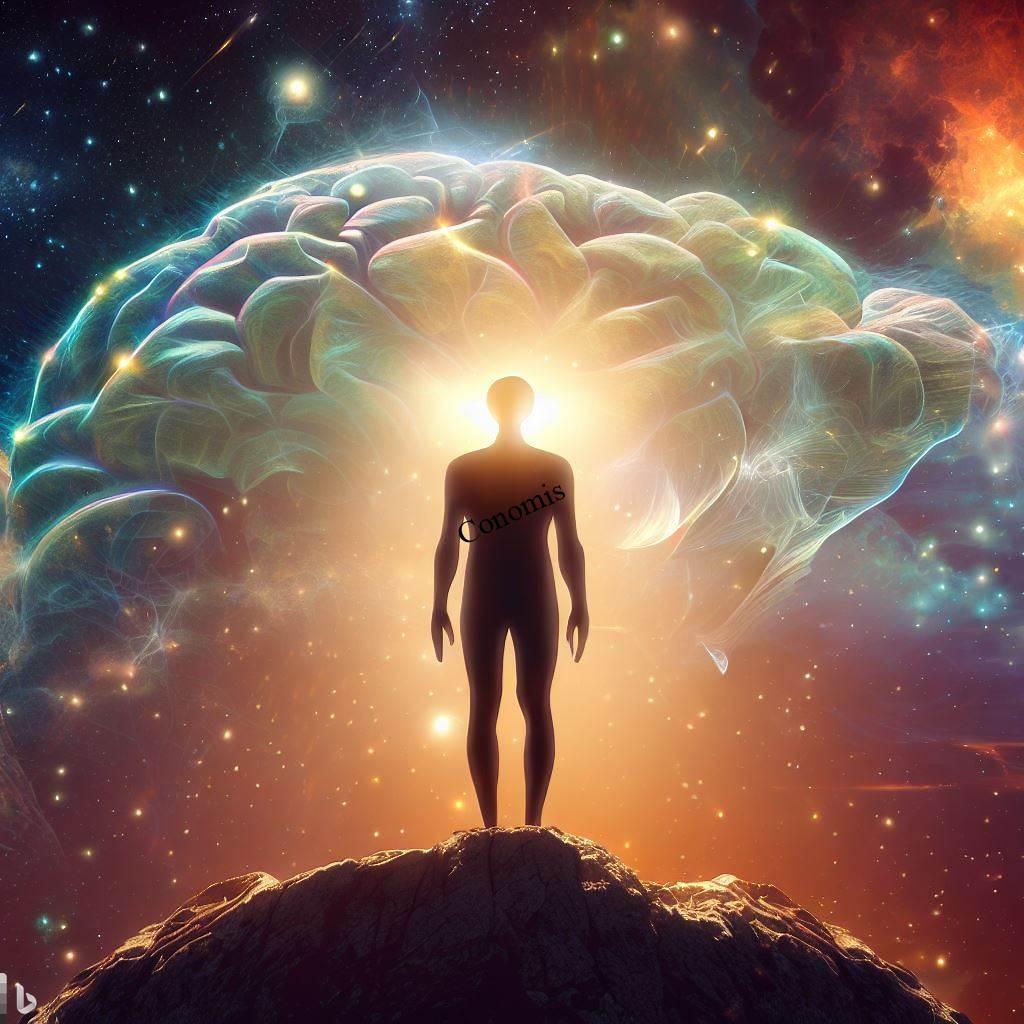
This shift in human mental capacity was a major turning point in our species’ development. Consequently, people started looking further afield for answers, ushering in a time of exploration, discovery, and innovation. Knowledge acquisition and the ability to think critically are now fundamental aspects of being human.
In essence, the development of our minds marked the beginning of a period of unprecedented possibility and creativity. It made possible future developments in human flourishing fields, including philosophy, science, technology, and the arts. This never-ending mental adventure is shaping our present and will lead us to even greater achievements in the future. Thinking back on where our minds have been a potent reminder of the incredible potential of the human intellect.
Creative and Property Rights Changes Caused by NFTs
Today, a new concept known as Non-Fungible Tokens (NFTs) has emerged thanks to blockchain technology, and it has had a significant effect on the ideas of ownership and production. The introduction of NFTs was a breakthrough that completely reshaped the market for artwork and other forms of digital property.
Blockchain technology, with its lack of a central authority and its emphasis on transparency, has proven to be a great foundation for the development and verification of NFTs. Unlike Bitcoin or Ethereum, these tokens cannot be exchanged for one another and are treated as entirely distinct entities.
The liberation of creatives in the digital realm is a major advantage of NFTs. By tokenizing their digital media assets using NFTs, creators can establish the ownership and authenticity of their creations on the blockchain. This innovative technique guarantees artists fair payment for their work even in the era of easy duplication and sharing.
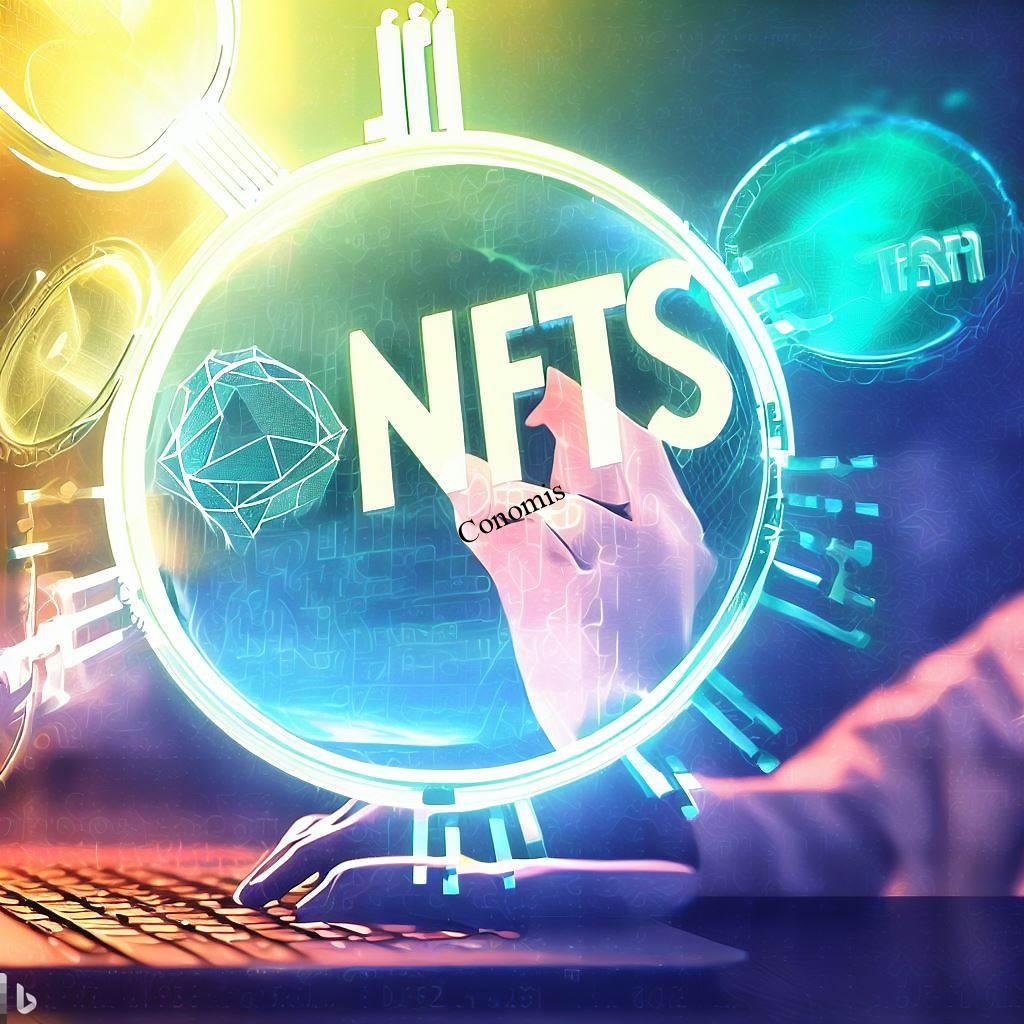
In the digital age, NFTs have also changed how people think about ownership. NFTs allow numerous people to jointly own a digital asset, which is not possible with physical works of art. The art market becomes more open and democratic as a result, allowing more people to participate.
The introduction of NFTs has sparked a worldwide phenomenon, with sales of digital art reaching new heights and well-established industries like music and gaming finding novel applications for the technology. The energy-intensive minting process of NFTs has sparked worries about their long-term viability and the health of the environment.
The development of NFTs through blockchain technology has had a revolutionary effect on intellectual property rights and originality. NFTs have pried open doors in the art world and beyond by providing creators with a trustworthy platform on which to share and profit from their digital works. However, the development of NFTs depends on addressing the obstacles in their way and establishing ethical and sustainable procedures.
The Development of Artificial Intelligence and Machine Learning
Significant developments in AI and ML in recent years have altered several industries and the ways in which people live and work. These state-of-the-art tools are capable of quickly and accurately processing vast amounts of data, uncovering intricate patterns, and extracting useful insights.
Complex artificial intelligence systems, driven by algorithms and neural networks, have spread beyond academic labs and into everyday life. Artificial intelligence (AI) has permeated every facet of our interconnected society, from command-response voice assistants like Siri and Alexa to tailored suggestions on digital media services.
Artificial intelligence and machine learning are fueling unparalleled creativity and productivity across many industries. These technological advancements allow for more individualized healthcare and the earlier diagnosis of diseases. Algorithms powered by artificial intelligence are analyzing financial data in the banking industry to maximize investments and detect fraud. Artificial intelligence (AI)-driven automation improves quality control and streamlines processes in the manufacturing sector.
In addition to improving operational efficiency, AI also improves human capabilities and decision-making procedures. By performing very well at challenging tasks like picture identification, natural language processing, and autonomous driving, artificial intelligence (AI) systems have proven to be vital tools for boosting human productivity.
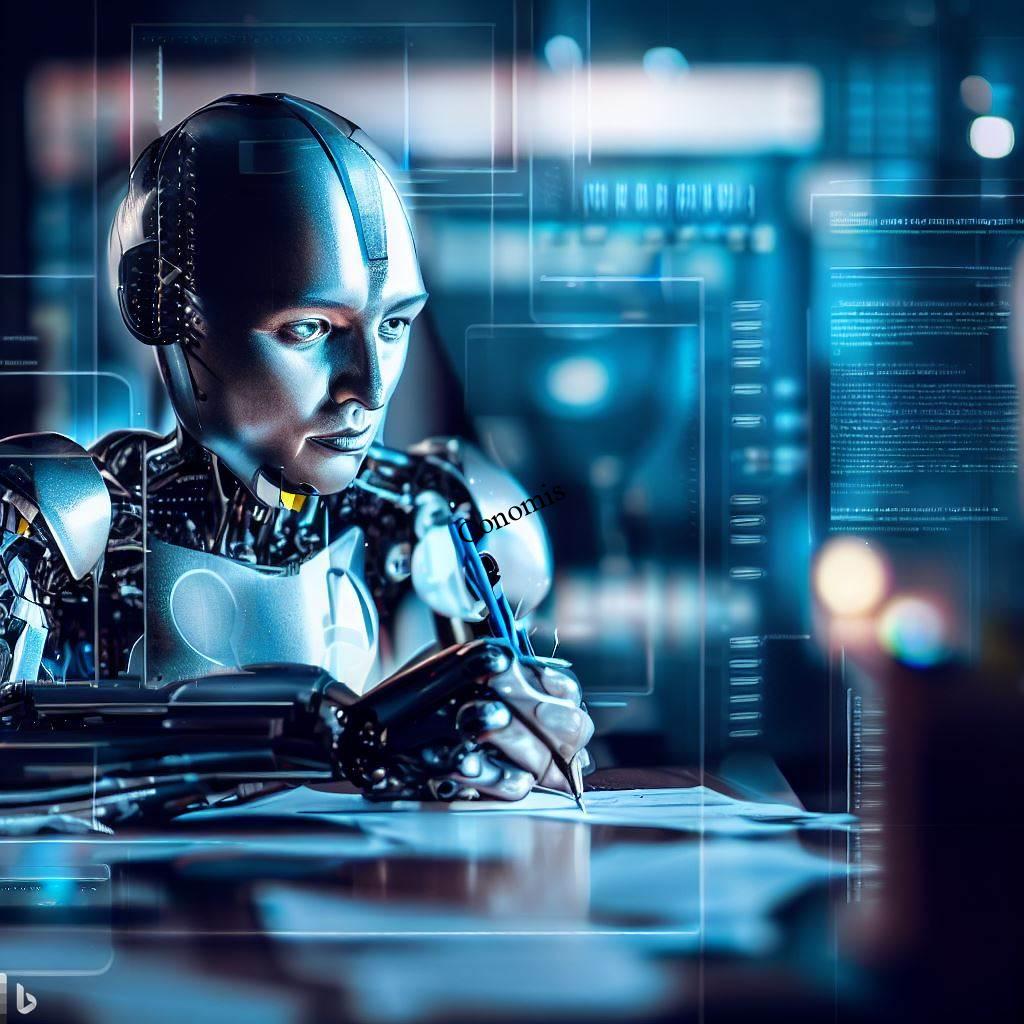
However, ethical questions are crucial in light of the rapid development of AI and ML. Finding a balance between fostering innovation in technology, protecting people’s privacy, and minimizing the effects of bias in data analysis is challenging.
To sum up, the rapid development of AI and ML has produced revolutionary improvements that have revolutionized many sectors of the economy and significantly impacted our daily lives. Artificial intelligence (AI) technologies are enhancing capacities and streamlining operations in a wide variety of sectors due to their immense capacity to analyze data and find trends. Maintaining a focus on ethical and responsible use of AI is essential to fulfilling the technology’s promise for good in the world.
Human Psychology in the Era of Artificial Intelligence and Machine Learning
In a world where AI and machine learning are rapidly becoming the norm, understanding human psychology is more important than ever. As AI technologies proliferate and become more intertwined in all facets of life, it is crucial to explore how people interact with these systems and any potential psychological effects of relying on AI for decision-making.
Human use of AI systems begs some fascinating questions regarding the nature of our relationships with technology. Chatbots, virtual assistants, and autonomous systems are becoming increasingly commonplace and intuitive to interact with as AI develops. How people form ties to AI and how those attachments influence their actions and feelings is a central question in the field of psychology.
Moreover, there are negative mental health effects associated with excessive AI use. There may be a feeling of powerlessness or lack of responsibility as people delegate more and more of their jobs and decision-making authority to AI systems. Automation bias is the tendency to place too much stock in the recommendations of automated systems, which can lead to a decline in individual autonomy.

There are ethical considerations about the explicability of AI evaluations. Users may develop feelings of mistrust and anxiety when AI systems make consequential judgments without offering adequate justification. Inadequate transparency in AI decision-making may restrict user acceptance and create psychological barriers to mainstream AI adoption.
The introduction of AI systems into traditionally human-dominated industries like healthcare and law enforcement raises new privacy and security concerns. Understanding how people react to and perceive potential privacy risks related to AI is crucial for developing legislation and preserving user well-being.
In conclusion, as AI and ML technologies become increasingly ingrained in our daily lives, it is crucial to understand human psychology in relation to these achievements. Responsible and human-centered AI deployment requires further study of human-AI interactions, an understanding of the consequences of an AI’s reliance on judgment, and the resolution of ethical and privacy problems. To ensure that AI serves as a helpful tool in accordance with human goals, aims, and values, it is important to take a multidisciplinary approach that combines insights from psychology, computer science, and ethics.
If not AI and ML, then what?
As advances in AI and ML become more widely used, it raises the intriguing issue of what will come next. Artificial intelligence, the study of whether or not machines can mimic human cognition, is a fascinating field that may provide the answer.
Researchers and developers in the fields of artificial intelligence (AI) and machine learning are constantly working on novel methods to simulate human cognition. The purpose of AI research and development is to create machines with cognitive abilities comparable to those of humans. By modeling the intricate structure and behavior of real neural networks, these artificial ones hope to tap into the brain’s immense capacity for solving problems and making sound decisions.
The development of artificial intelligence may spark a chain reaction of changes in many fields. In the medical field, this could lead to more precise diagnoses and individualized treatment plans. The introduction of AI-enabled autonomous vehicles could radically alter the transportation industry. Artificial intelligence (AI)-driven financial algorithms, equipped with human-level intellect and foresight, may one day revolutionize the investment industry.
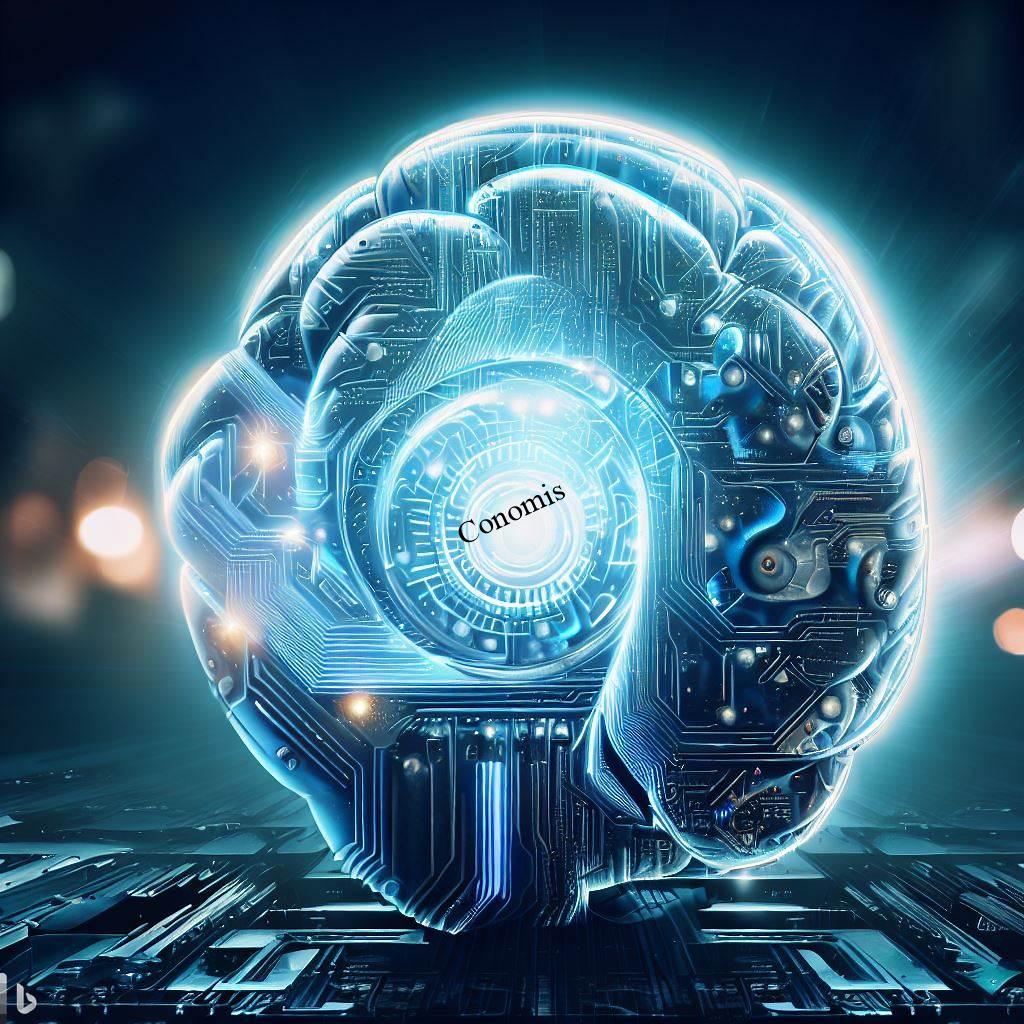
The road ahead is not, however, trouble-free. It’s not just about raw computing power to replicate the human brain’s complexity; you also need an understanding of human emotions, creativity, and consciousness. As issues of ethics, privacy, and accountability arise in today’s quickly evolving world, it is more important than ever to guarantee the responsible development and application of artificial intelligence.
As AI and ML usher in a new era of unimaginable potential, the allure of artificial brains beckons as the next frontier of scientific discovery. This program has the potential to revolutionize whole sectors and change the way people use and interact with technology by giving robots the ability to mimic human intellect. As we move forward in this field, it will be crucial to strike a balance between innovation and responsible development to ensure that AI serves as a tool for advancing mankind in a way that is consistent with our values and principles.
Human-machine interaction and the rise of cyborgs
Cyborgs, or hybrid beings with both biological and artificial parts, have been a staple of science fiction for decades. These individuals of the future, who seem to have mastered the art of fusing human and technological traits, have starred in many works of fiction and cinematic fantasy. However, recent developments in biotechnology and neuroprosthetics are expanding the realm of possibility for cyborgs.
With the merging of biology and technology, it’s getting harder to tell humans from robots. Patients with physical limitations have benefited from neuroprosthetics, which combine mechanical limbs with neural connections to restore their mobility and sense of touch. These advances have not only benefited those directly impacted by the disease but also shown the potential for revolutionary change when biology and technology are brought together.
The frontier science of bioelectronics and brain-computer interfaces (BCIs) is also expanding the potential applications of cyborgs. Brain-computer interfaces (BCIs) have the potential to enhance cognitive capacities and introduce novel methods of human-machine communication. Brain-computer interfaces (BCIs) pave the way for the brain to interact wirelessly with technology.
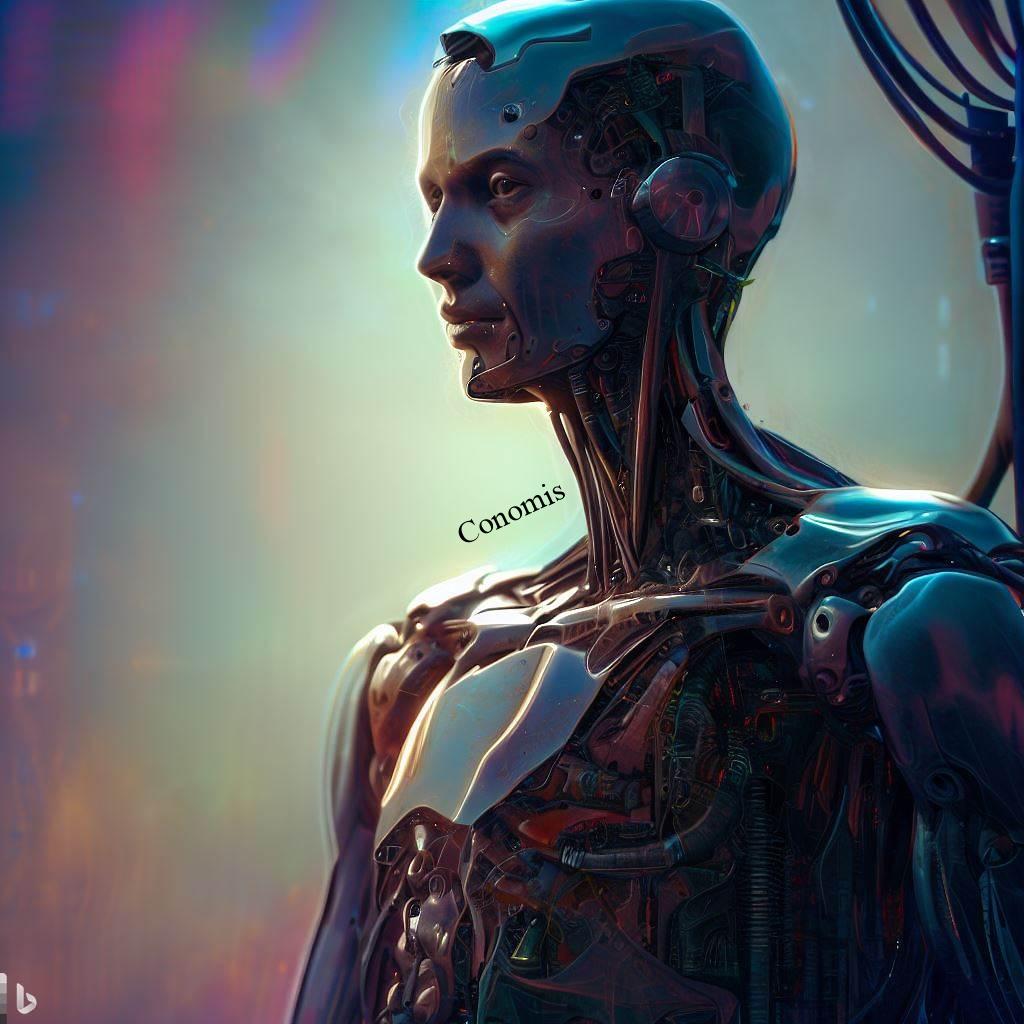
Even though cyborgs first appeared in science fiction, modern scientific and technological advances are making them a more plausible possibility. As scientists continue to advance biotechnology and neuroprosthetics, it becomes easier to envision a world in which people and robots coexist together.
Concerns about society and ethics become more pressing as this future becomes more likely. Responsible and equitable deployment of cyborg technology, protection of human autonomy and privacy, and the resolution of any ethical problems will be essential in navigating the future of cyborgs.
So, what was once only possible in the fantastical worlds of science fiction is increasingly becoming a genuine possibility. We are coming closer to a world where cyborgs—beings with both biological and artificial components—might soon coexist with us thanks to developments in biotechnology and neuroprosthetics. As this revolutionary journey progresses, society must embrace this new frontier responsibly, seizing the opportunity it presents for a better human race without compromising on moral principles or respect for individual human beings.
Cybernetic organisms blur the lines between the organic and the synthetic.
As science and technology improve, the possibility of cybernetic beings, often known as cyborgs, grows. These organisms, which combine natural and artificial components, could fundamentally alter human existence. However, this revolutionary accomplishment raises serious ethical and philosophical challenges that challenge our whole notion of what it means to be human.
Since cyborgs combine human and mechanical parts, they are difficult to categorize. This fusion of organic and technological skills prompts us to think deeply about our humanity, our very selves, and our very being. We have to wonder if the incorporation of artificial technologies threatens what it means to be human as we move into uncharted territory.

Cyborgs raise a number of ethical questions. The incorporation of technological components into the human body raises questions of autonomy, privacy, and permission. In addition, the potential gap between the wealthy and the poor, who cannot afford such improvements, raises issues of social equity and accessibility.
Cyborgs pose a philosophical problem for our acceptance of the limitations of nature and the human condition. The analysis of the coexistence of biological and synthetic features raises fundamental questions about the value and uniqueness of human life.
The transition into the cyborg period calls for a new level of caution and accountability. Finding a happy medium between welcoming new technologies and maintaining high moral and ethical standards is essential. By engaging in honest discussion and making well-informed choices, we can create a world where cyborgs enhance humans while also making positive contributions to society.
The Use of Neural Networks in Computer Models of the Brain
Artificial Neural Networks (ANNs) are at the cutting edge of exciting new developments in artificial intelligence (AI), with the goal of mimicking the human brain in all its complexity. Many researchers are interested in these networks because of the immense potential they have in fields like image recognition and natural language processing.
Based on the biological brain’s intricate network of neurons, ANNs consist of stacked layers of interconnected nodes, or “artificial neurons.” These networks may acquire the ability to detect patterns, make predictions, and perform tasks with remarkable accuracy through a process of training using massive volumes of data.
Artificial neural networks (ANNs) have made revolutionary progress in image identification, outperforming humans at item detection and facial recognition. Accurate object and anomaly recognition is essential in many fields, including autonomous vehicles, surveillance systems, and medical diagnostics, where this technology could be useful.
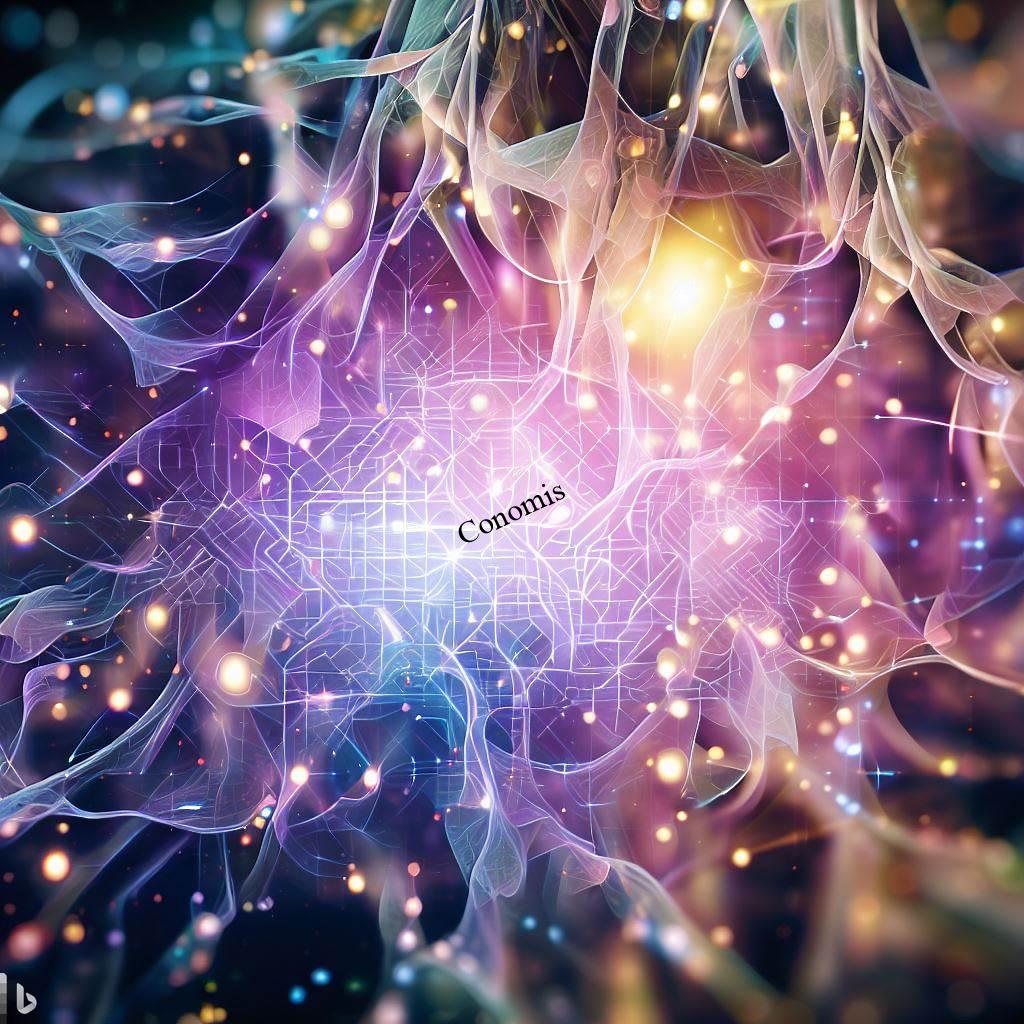
Artificial neural networks (ANNs) have revolutionized natural language processing by allowing computers to understand and mimic human speech. ANNs have made previously impossible types of interaction possible, from conversational chatbots to cross-language translation software.
Financial markets, medical treatment, and the artistic process can all benefit from ANNs. In finance, analysts look at market tendencies and make educated guesses about stock values. They contribute to the healthcare sector by helping with disease diagnosis and new drug discovery. The use of ANNs in the creative process demonstrates their sophistication in understanding aesthetics and complex patterns.
Despite their impressive capabilities, ANNs still face obstacles. Possible data biases, the need for a lot of computing power, and the volume of training data are all causes for alarm. But researchers are continually trying to find methods to enhance these networks so that they can finally reach their full potential.
In conclusion, thanks to their ability to mimic the complex functions of the human brain, artificial neural networks have emerged as a source of optimism in the field of artificial intelligence. Applications of their knowledge in image identification, natural language processing, and other fields could revolutionize many different markets. Despite obstacles, the unwavering goal of improving these networks will change the trajectory of AI, ushering in a new era of smart machines that complement human capacities and inspire innovation.
The Artificial Intelligence Moral Dilemma
The development of AI and the prospect of cyborgs, artificial brains, and complex neural networks raise profound ethical concerns. There is now a serious challenge to developing and deploying these technologies effectively.
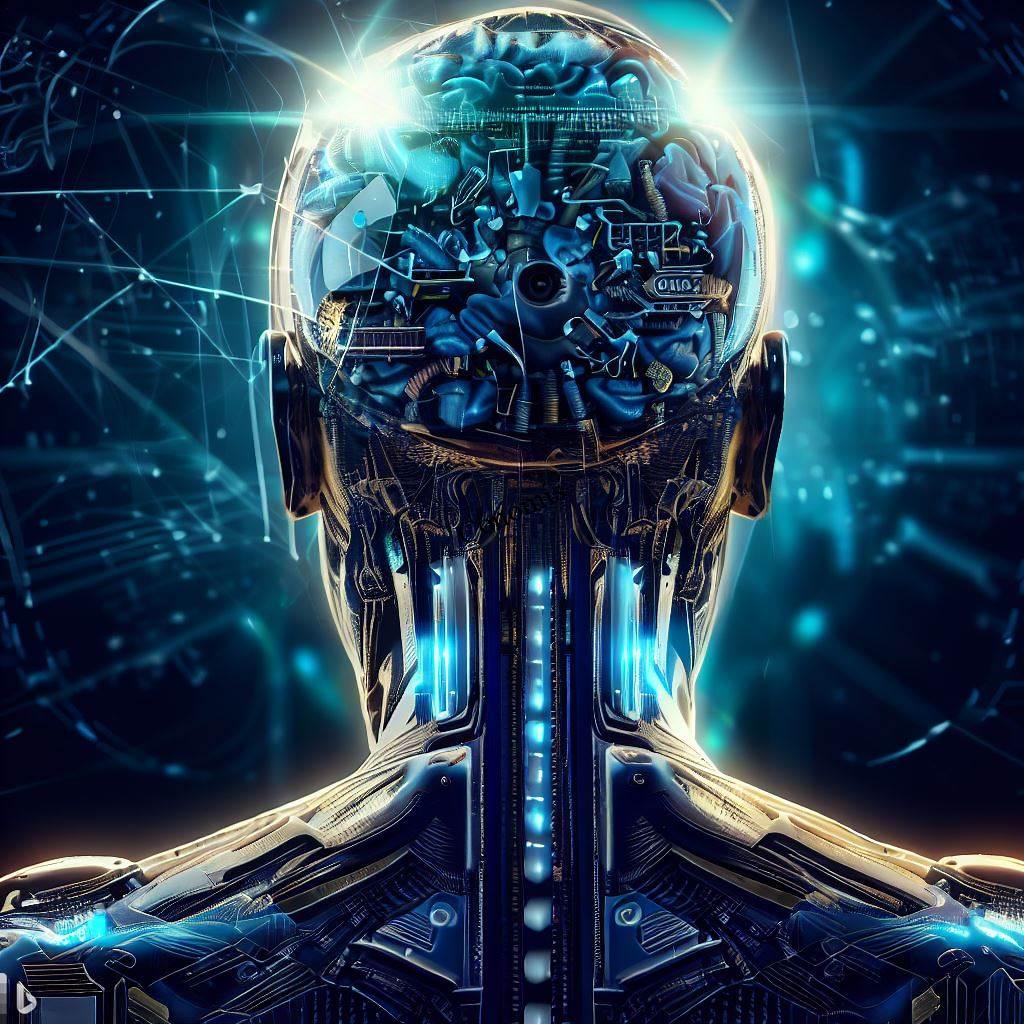
The Prospects for Future AI
As we look ahead with a fascinating blend of enthusiasm and fear, the future of AI is taking shape. Whether or not self-aware AI will emerge is one of the most fascinating questions that has ever captivated human thought. If machines develop consciousness and self-awareness, it would pose serious philosophical and ethical questions about what it means to be sentient.
It’s important to consider the implications of AI technology for economies and cultures as well. It’s not hard to see how AI could drastically alter industries like medicine, finance, logistics, and the arts. It is possible that the dynamics of the workplace and the nature of present job obligations will shift as a result of the increased use of automation in both work processes and decision-making procedures. Incorporating AI into economic systems may boost output and efficiency, but it may also raise concerns about job loss and income disparity.
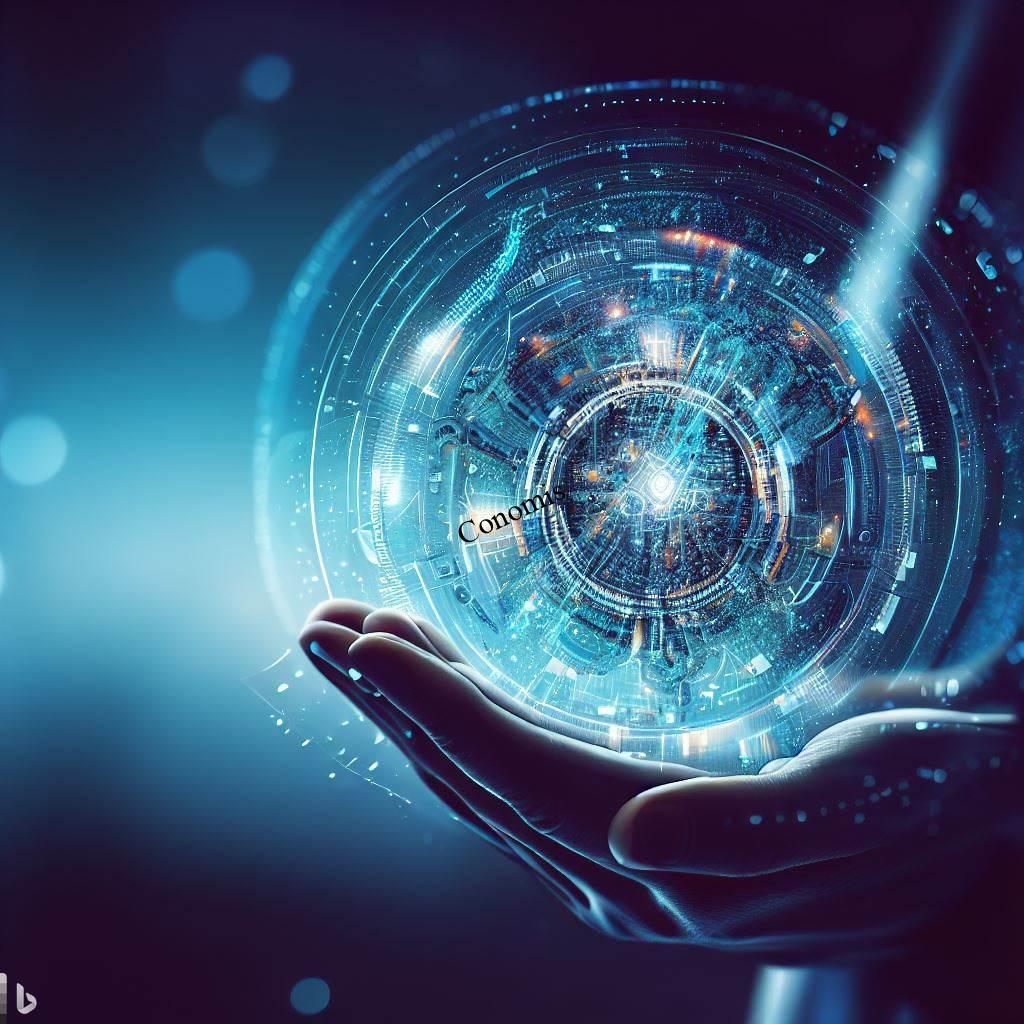
It is also important to think about the ethical concerns of AI’s extensive impact. In order to safeguard individual rights, data integrity, and societal interests, it is essential to guarantee the proper creation and rollout of AI systems. Bias in AI algorithms and the risk of harmful AI use are other matters requiring careful thought and regulation.
Since we are venturing into uncharted territory, it is essential that we have informed discussions and make collective decisions. It’s crucial that we strike a balance between celebrating AI’s enormous potential and confronting its possible drawbacks. We can create an AI-driven future that is in line with human values, respects individual rights, and acts as a force for development in our societies and economies if we create an atmosphere that supports openness, moral behavior, and responsible innovation.
Considering All Options
Humanity could do well to embrace the potential of artificial intelligence and related technologies rather than shrink from the unknown. We can hopefully make the most of these shifts if we approach them with caution and an open mind.
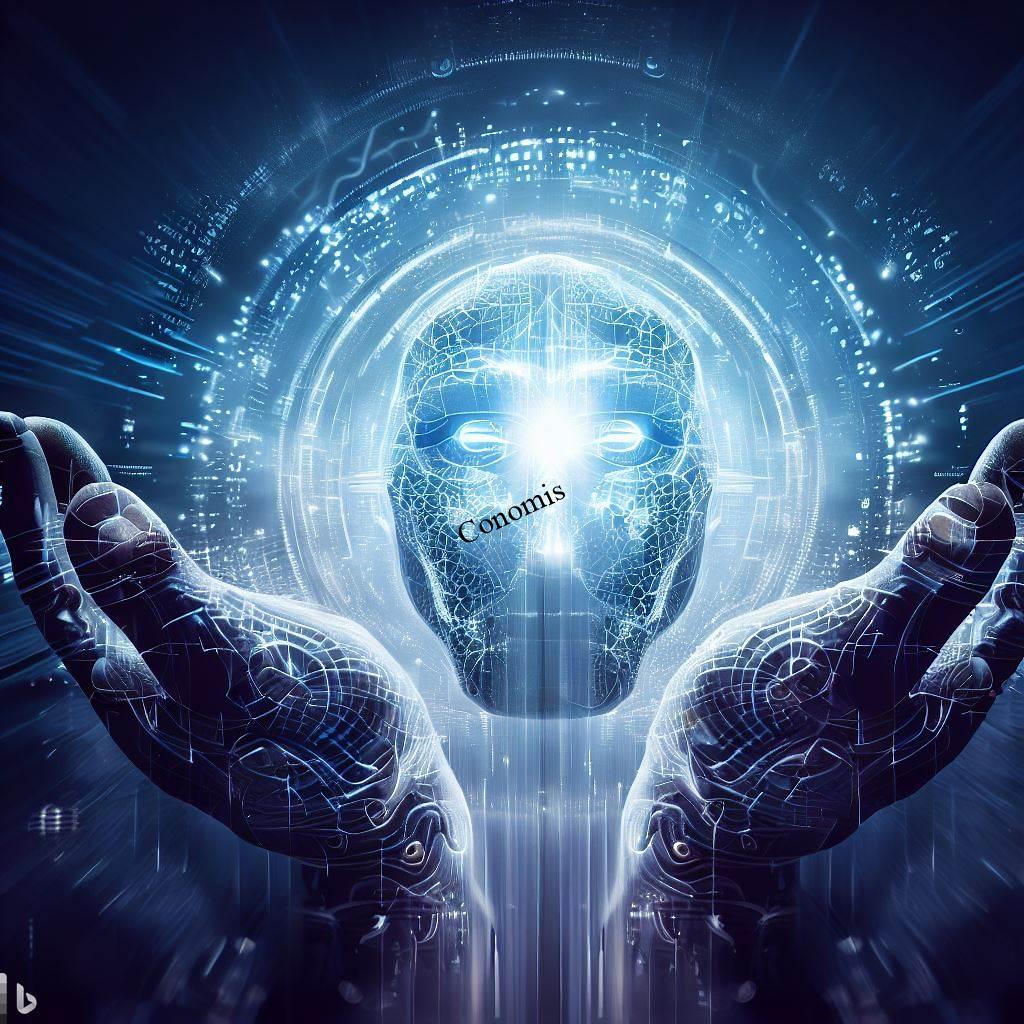
Conclusion
The incredible leap from petroglyphs to NFTs is one example of this development. We must act ethically as we explore the potential of AI, cyborgs, and neural networks to improve the lives of people everywhere, and we must strive to create a future that benefits mankind as a whole.
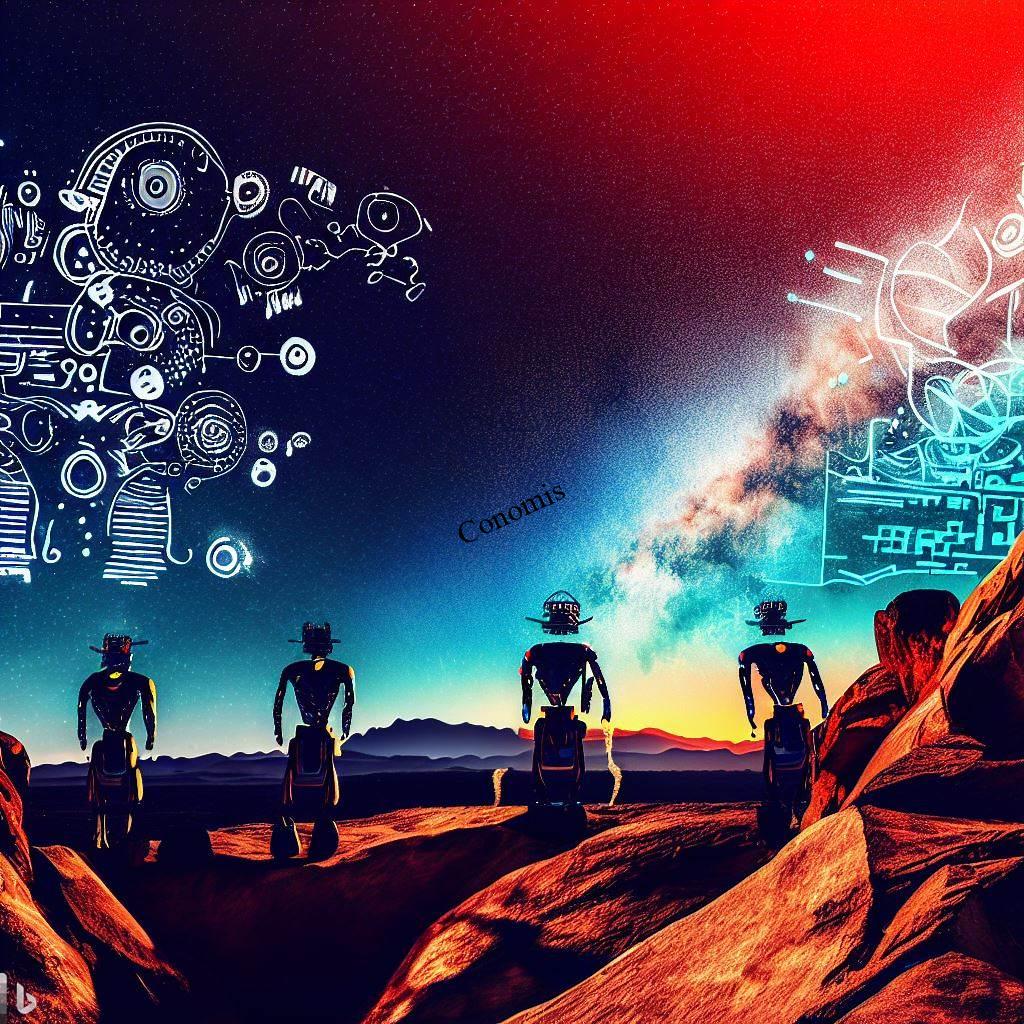
FAQs
How do NFTs function, and what exactly are they?
Non-Fungible Tokens (NFTs) are digital assets that are not associated with any particular blockchain and instead reflect ownership of a physical item, work of art, or other intangible resource.
What impact does AI have on our regular lives?
From virtual assistants like Siri to tailored recommendations on streaming services, AI is pervasive in modern life.
Is it possible that AI could eventually surpass human intelligence?
Although thrilling, the question of whether AI will ever be able to match the complexity of the human intellect still persists.
Do cyborgs exist in the modern world?
Yes, but only up to a point. Some individuals have benefited from technological augmentation in the form of implants, but the fully realized cyborgs of science fiction are still just that: fiction.
What are the most pressing moral issues associated with advancing AI?
Ethical issues include data privacy, algorithmic bias, employment displacement, and the potential for disastrous AI applications.
You Can Also Read
Conomis Thoughts – Unleashing the Unimaginable: Transforming the World Beyond Limits
Myocyte degeneration and cell death in hibernating human myocardium – ScienceDirect
CYBORGS-THE-FUTURE-MAN-KIND.pdf (ijser.org)
Cyborg – an overview | ScienceDirect Topics
NFTs Definition & Explanation (kaspersky.com)
How Artists Are Redefining Art with Generative AI | by Alberto Romero | Towards Data Science
Conomis Thoughts
![]() Copyright 2023 CONOMIS
Copyright 2023 CONOMIS
